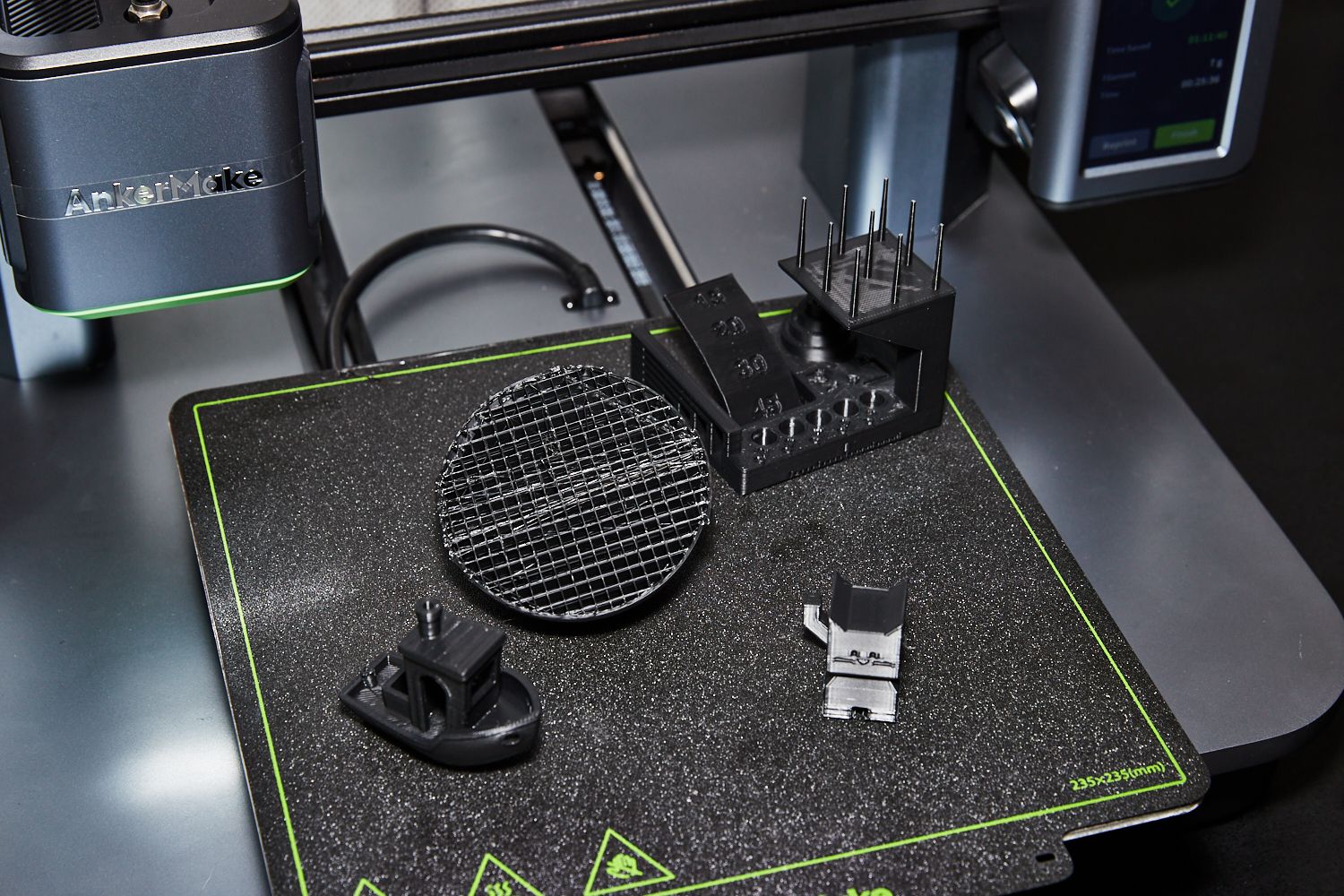Once the stuff of science fiction, 3D printers are now mainstream tools for creation and innovation. These devices, which transform digital blueprints into physical objects, have dramatically evolved since the first commercial printer appeared in 1984.
The earliest versions cost $300,000 or more, putting them out of reach for most people. However, when MakerBot arrived on the scene in 2009, its products gave folks the chance to design and print almost anything imaginable. Even more importantly, it positioned 3D printing alongside other game-changing technologies like quantum computing, 5G, and driver assistance systems.
Just a decade ago, a decent 3D printer would have cost around $2,000, limiting its appeal primarily to well-funded enthusiasts, early adopters, and professionals. Today, prices vary widely. While there are still big-ticket options, it’s possible to get a capable machine for a few hundred dollars. This accessibility has sparked a surge of innovation across various fields.
### Diverse Applications of 3D Printing
The applications of 3D printing are as varied as the users themselves:
– **Engineers** prototype new designs without expensive tooling.
– **Artists** push the boundaries of form and texture.
– **Educators** bring abstract concepts to life, allowing students to manipulate complex structures.
– **Medical professionals** create custom prosthetics.
– Even **homeowners** are joining in by printing replacement parts for appliances or custom organizers for cluttered drawers.
### Technological Advancements in Recent Years
Recent years have seen significant advancements in 3D printing technology. Printers are now faster, smarter, and easier to use. Key industry players like Anker, Bambu Lab, and Prusa continue to innovate.
– **Anker**, leveraging its electronics expertise (the company also makes robot vacuums and projectors), has shaken up the market.
– **Bambu Lab** impresses with high-speed, multi-material printers.
– **Prusa** remains the go-to choice for enthusiasts.
Technical improvements such as *input shaping*—a technique that reduces vibrations—allow for faster, higher-quality prints. Print times continue to decrease, ranging from hours for small objects to days for more complex pieces.
Popular prints include practical items like replacement parts, as well as creative projects such as game miniatures and decorative objects.
### Looking Ahead: The Future of 3D Printing
The industry is poised for further growth with exciting developments on the horizon. These include:
– Advancements in multi-material printing
– Increased sustainability efforts
– AI integration for design optimization
We may also see more specialized printers for niche applications, from food printing to bio-printing for medical research.
### Did You Know?
The Navy is printing parts with 3D printers!
As the technology matures, expect more user-friendly interfaces and plug-and-play setups, further lowering the barrier to entry. While a 3D printer in every home is still a distant dream, the technology is steadily moving from enthusiast workshops into broader everyday use.
### Getting Started with 3D Printing
For those who want to dive into 3D printing, options abound. From budget-friendly starter kits to high-end machines for serious users, there is a printer to suit nearly every need and skill level. As the field evolves, the power to create is becoming more accessible.
The rise of 3D printing represents more than just a technological advancement. It’s a shift in how we approach manufacturing, creativity, and problem-solving. As these devices continue to improve and increase in number, they’re likely to reshape industries and empower individuals in ways we are only beginning to imagine.
—
### Best 3D Printers
– **Best Overall 3D Printer:**
– **Best for Serious Users:**
– **Easiest to Use:**
– **Best for Beginners:**
– **Best for Making Figurines:**
—
### How We Selected 3D Printers
As a tech journalist whose work has appeared in outlets like *The Los Angeles Times*, *Reuters*, *Time*, and *The Atlantic*, I have continually followed the increasing popularity and capabilities of 3D printers. I’ve seen them go from high-tech curiosities with stratospheric prices to nearly everyday workhorses that are more affordable.
In fact, 3D printers might even be among the most satisfying tech gadgets I’ve used—they let you create physical objects from software, and they’re handy, too. I’ve printed bike parts in a pinch!
For this review, I tested more than a dozen printers with an eye toward finding the sweet spot between price and features. Reliability was another important consideration. Many inexpensive printers work well out of the box but quickly fail due to inferior components. Additionally, I searched for models that had solid reviews from long-term users.
If you’re spending in the $2,000 range or more, you can buy a 3D printer that handles the most demanding jobs. But there are also recommendations here for less expensive models suited for hobbyists who may only need a mid-level machine. The printers under $400 will work for casual users who just want to try out 3D printing.
Also, the technology behind 3D printing is advancing rapidly, meaning it is likely that any printer you buy now will be updated within a year or so.
https://www.popularmechanics.com/technology/gadgets/g3137/best-3d-printers/



